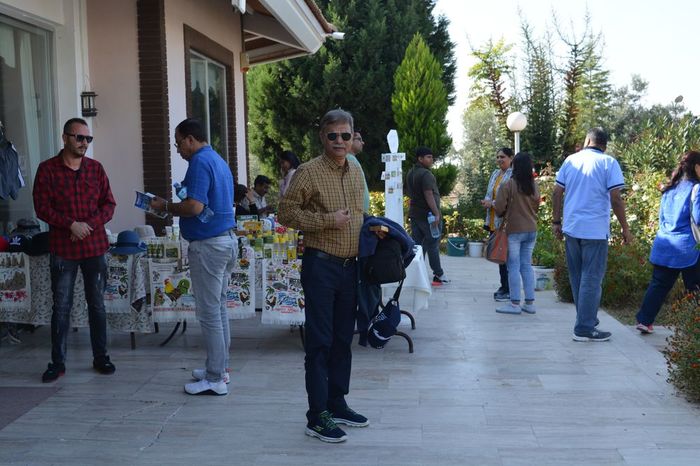Miguel Cervantes (1547-1616)
Cervantes` is the most brilliant name in all Spanish literature. He lived a life of romance and adventure and misery. Author of one of the greatest of all romances, Don Quixote, he also wrote satires and plays and a particular sort of long-short story, which he called the Exemplary Novel. In his preface to the collection of the twelve tales that compose it, he says:
“I have bestowed on them the name of Exemplary, and if thou dost look well to it, there is not one of them from which thou couldst not derive a profitable example.” But this was surely the same sort of excuse made by latter-day writers of pornography who declare that they depict vice in order to render it odious. It is more likely that Cervantes felt it incumbent upon him to excuse the short story form by endowing it with a moral purpose. The time was not yet ripe for an artist to set his story down for the simple reason that it was amusing, or beautiful, or true.
Rinconete and Cortadillo is one of the finest of the collection “in virtue of which Cervantes is acknowledged as the prince of story-tellers in the Spanish language.” (Prof. J. D. M. Ford.)
The present version is reprinted from Thomas Roscoe`s Spanish Novelists, London, no date. The translation is by Thomas Roscoe.
Rinconete and Cortadillo
On the confines of Alcudia, between the provinces of Castile and Andalusia, might be seen a notable house of entertainment for travelers, called the Little Windmill. On one of the hottest days of summer, two boys were seen loitering about this place; one was about fourteen years of age, and the other might perhaps have attained his seventeenth year. They were both good looking, though in a sadly destitute condition; coats they had none; their trousers were of coarse linen, and, for want of better stockings, they were obliged to be contented with their bare skin.
It is true that their feet were covered, those of one being carefully bound in straw or rushes, while the shoes of the other were of so peculiar a formation, that it would seem the utmost ingenuity of the wearer had been displayed, in rendering them more than usually accessible to the elements of air and water. The head of one was partly covered by a scanty cap; the other wore a hat, though without seeming to trouble himself about its deficiency of crown and brim.
Read More about A Wagner Matinee part 1








